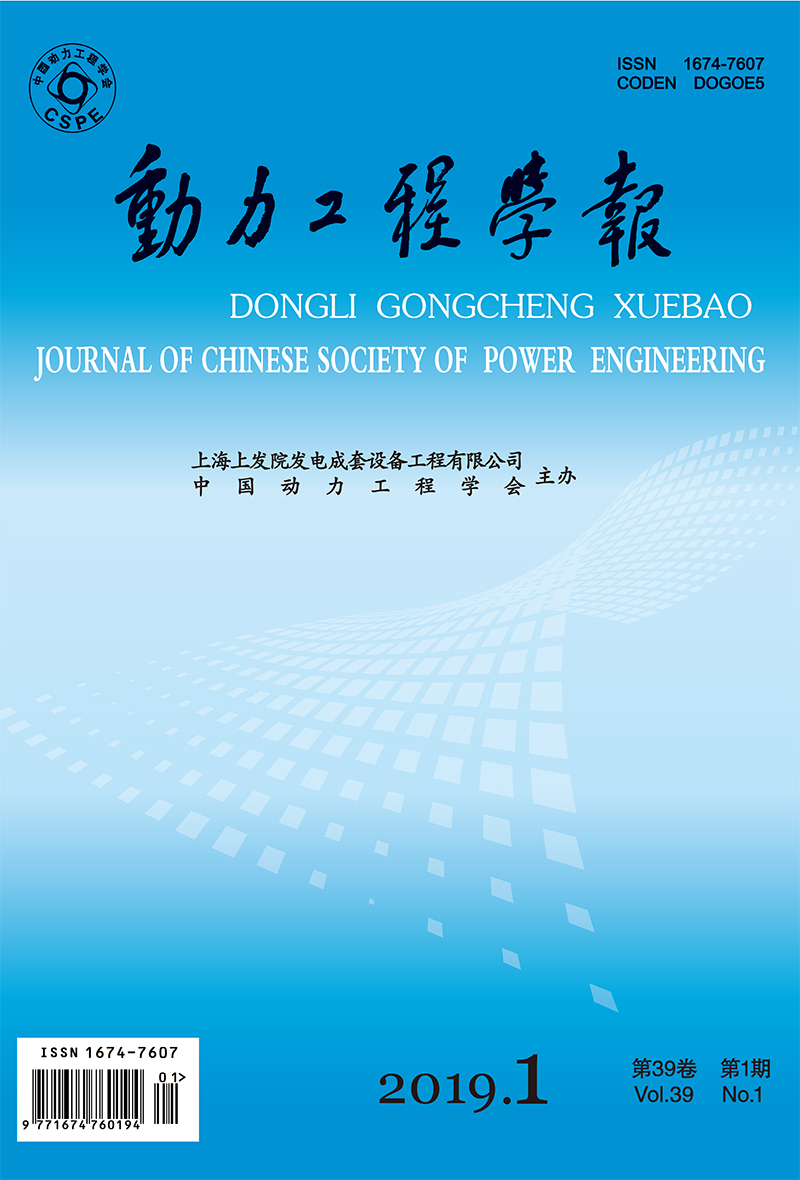XIAO Zhuonan, BAI Dongxiao, WANG Chao, HE Lijuan, CHEN Weipeng, XU Hong
2019, 39(1): 13-16.
To solve the problems of water leakage and tube burst failures occurring in supercritical units at high pressures caused mainly by flow accelerated corrosion (FAC), an analysis was conducted from both micro and macro views to simulate the flow accelerated corrosion using Fluent software, and to study the effects of following factors on the flow accelerated corrosion, such as the temperature, flow rate, tube shape and boundary layer flow characteristics, etc. Results show that at 150℃, the Fe2+ concentration is relatively high in boundary layer, with smaller thickness of boundary layer, and severer corrosion in that place, indicating that flow accelerated corrosion is easy to occur at 150℃. The corrosion rate increases with rising flow rate. Flow accelerated corrosion appears more easily in tee tube compared with straight tube, and the severest corrosion generally occurs in the place where flow direction changes.
